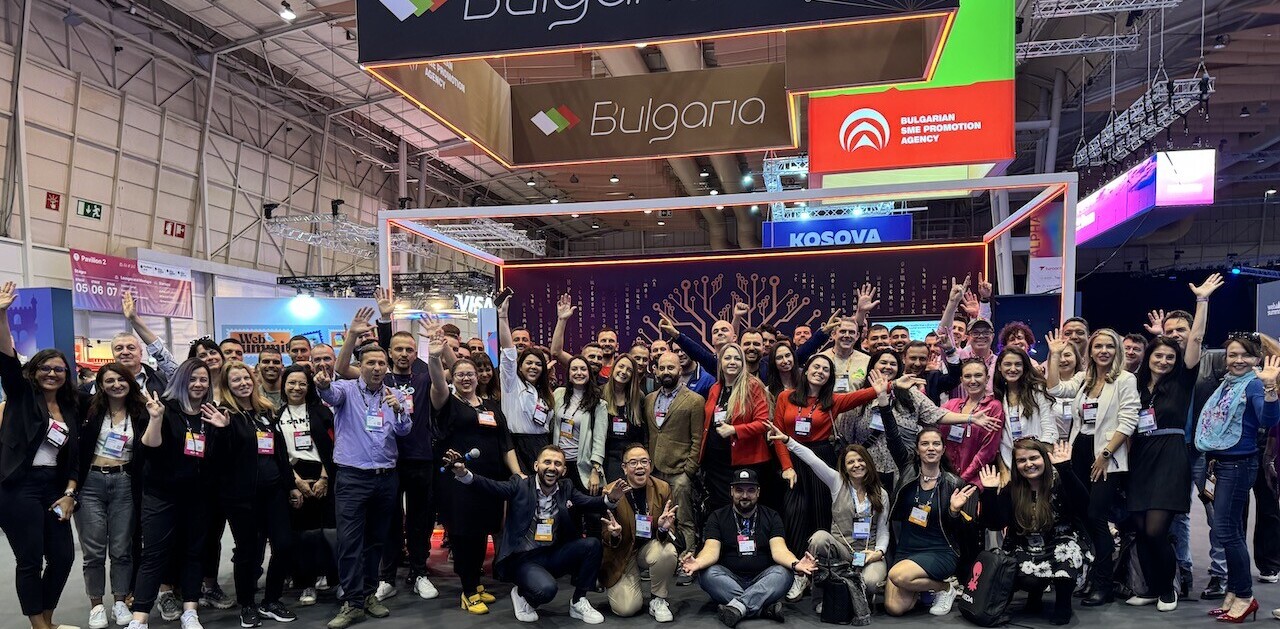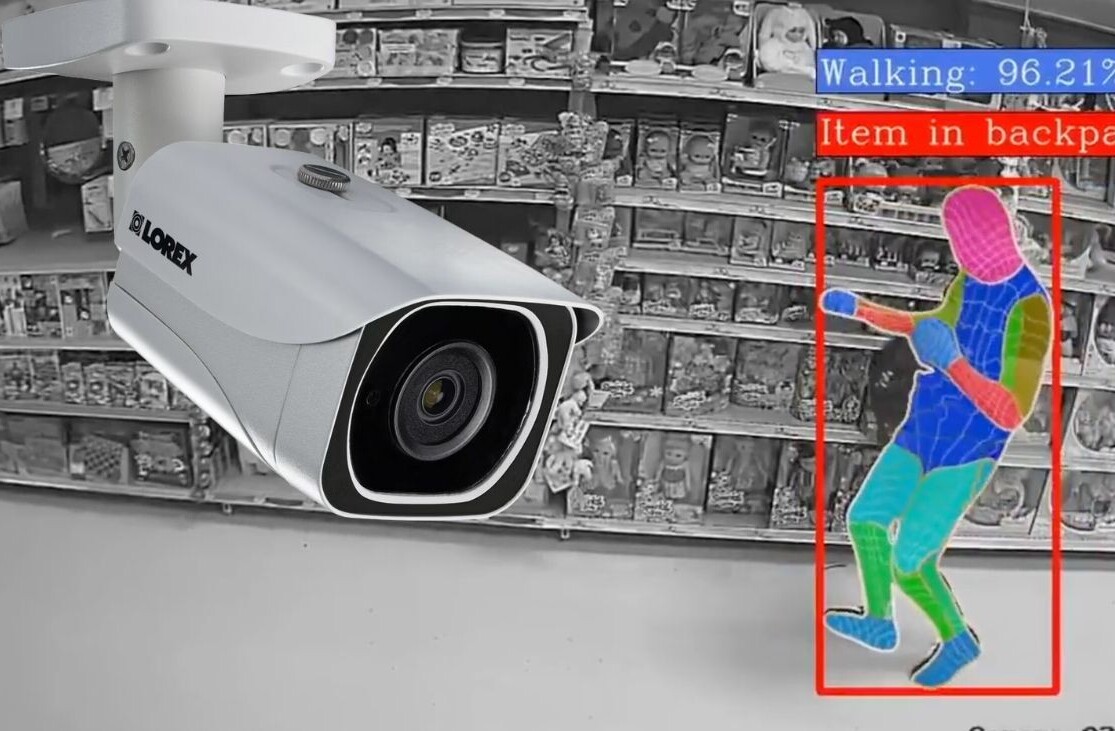
When you launch a tech startup without a tech background, going headfast into the unknown, you might encounter problems with practically everything tech-wise.
But fine, a tech startup does not sound very specific, so let’s narrow down this broad topic. If your tech startup idea has something to do with tracking, counting, or monitoring some activity, it’s probably in the realm of IoT and this article is meant to guide you with your first steps.
Why am I giving advice? Since I’ve been in an IoT business for almost a decade, I’ve seen many IoT startups come and go over the years. Most of them did the same thing wrong which led them to failure. So let me save you the time you’ll spend on googling or your own trial and error.
The majority of IoT startups fail because they try too hard to develop a perfect solution. They get into a time-consuming development hassle and forget to validate first if their solution is something that people are willing to use.
So my advice would be – do not invest in a fully-fledged IoT solution with everything custom-made before you have validated your idea. Why and what to do instead? I’ll explain in a bit. But first, let’s get one thing out of the way…
How do I know that my idea is from an IoT domain?
The IoT is the technology that connects various devices, equipment, or household appliances to the Internet, lets them communicate with each other exchanging data.
IoT projects have one important thing in common – they duplicate physical objects to a digital world optimizing the use of these devices (things) in the real world. It can be for remote control or maintenance, remote tracking, or to make better business decisions analyzing data collected from these objects.
For example, in logistics, it might be critical to track the location of goods in real-time. IoT technology called asset tracking does just that – using GPS, RFID, or NFC you can track the location of your valuable goods and see it in your laptop, tablet, or mobile device. Basically, what you’ll see will be a digital representation of your products.
IoT projects are very complex to launch because lots of elements have to go right to make them work: hardware and its battery life, network, software app, and last but not least – a business idea. If you are confident in your idea and consider creating everything from scratch – a custom IoT solution including custom hardware and software – keep in mind that it might cost you ~$100k+ and might take 6+ months.
So you might have to make a deal with yourself to let go of the concept of a perfect IoT solution that is expensive and time-consuming in favor of a clumsy MVP that is not perfect but is cost-saving and will be launched much faster.
I’ll go over all the components of an IoT solution (hardware, network, and an app) to uncover the ways to create an IoT MVP faster and without breaking the bank.
Hardware
Hardware is the first layer of IoT solutions. It includes a variety of devices depending on their purpose. Most often they are sensors connected to the things you’d like to track.
Sensors are a staple of IoT projects. There are sensors that detect water or gas leakages in the buildings, security sensors that check whether the doors or windows are intact, sensors that monitor soil moisture levels in agribusiness, or even sensors that track people in supermarkets.
Their main job is to collect data from or about these “things” and send it to the IoT platform. Various smart wearable devices are also examples of hardware in IoT.
At the MVP stage of your project, do not invest in custom-made hardware. Choose from options available online, even if they are not 100% perfect. Such hardware might not be visually pleasing and perfectly tailored to your needs, but it should be enough to test your idea.
Network and IoT platform
Networks are needed to connect your hardware to the IoT platform, which is the middleware between your devices and a user app. They can be wireless like WiFi or LTE.
The best thing you can do for your IoT MVP is not to buy your own routers, gateways, but to find a connectivity option already available in your region. Depending on your case, you might get by with a WiFi network available to you, or some other existing infrastructure.
I’ll give a piece of similar advice regarding IoT platforms – use open-source platforms with quick setup. Public IoT platforms might need tweaking and probably won’t serve your needs to the fullest extent, but then again, they will be enough for an MVP.
Application
A software application is the last layer of an IoT solution, an end-user layer. By this point in the article, you might guess what my advice is going to be. That’s right, do not invest in the custom development of your software app.
Choose an open-source IoT platform and build your app on top of it using their ready-made templates. Yes, the design will make you cringe, but nevertheless, it will do what it’s supposed to do – put your IoT solution out there to be used.
After your MVP proves to be successful, it’s a good idea to involve investors to launch the next version of a solution with improvements. Then consult trusted IoT experts or vendors with relative experience. They can help you make your own custom hardware, choose a network or build a user-friendly software app.
Now that you have all the inside information, don’t be scared of entering this exciting world of IoT startups. Just make sure you do it right.
Get the TNW newsletter
Get the most important tech news in your inbox each week.





